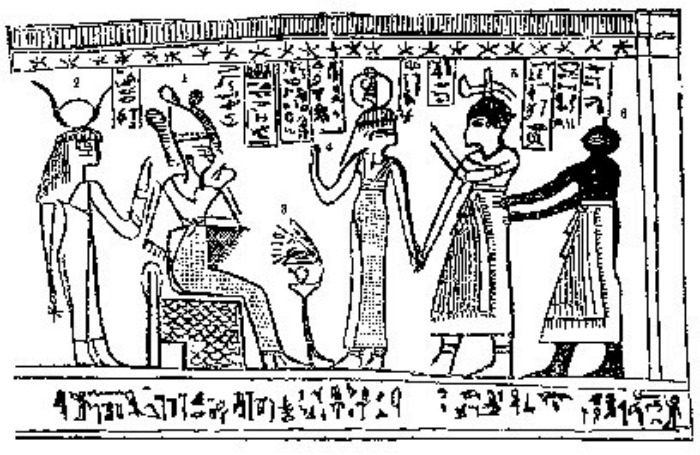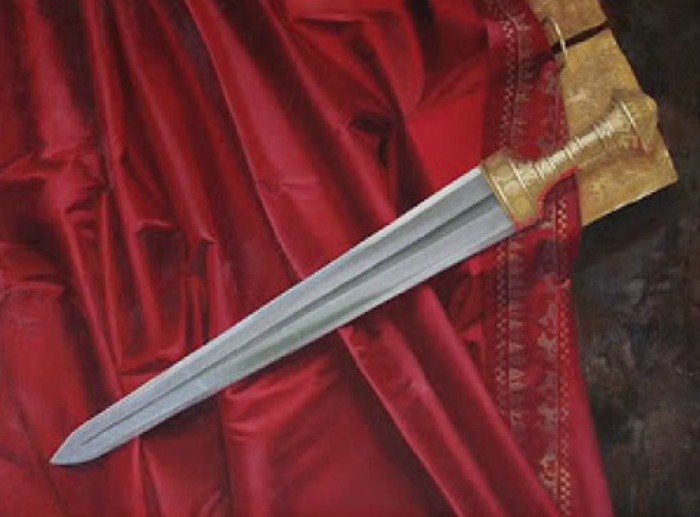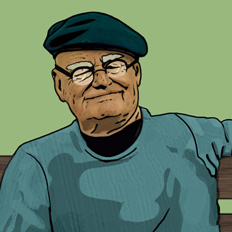Gramps,
How do you explain the remarkable coincidences between Ethan Smith’s (minister to the Cowdery family) view of the Hebrews written in 1825 to Joseph Smith’s Book of Mormon written in 1830? Also, why does genetical research show that American Indians are of Asian descent and not Hebrew? Why doesn’t the Smithsonian use the Book of Mormon for archeological research? Thanks
David and Ellen
Dear David and Ellen,
I have never heard of Ethan Smith’s view of the Hebrews written in 1825, so I can make no specific comment. However, your question implies that the Prophet Joseph got his information for the Book of Mormon from Ethan Smith rather than from the golden plates delivered to him by the Angel Moroni. The claims that support the Book of Mormon as a volume translated by the gift and power of God from an ancient record, revealing the history of God’s children on the American continent during the period from 600 B.C. to 400 A.D. are so overwhelming that no rational, unbiased person can doubt its authenticity. Therefore, specific comments on ridiculous claims or inferences about the Book of Mormon are neither warrented nor needed.
In your second question, you raise additional points with which I am not acquainted. Where is there any genetic evidence that the Americal Indians are not of Hebrew origin? Certainly they are not pure Hebrew, as no individual has only the genes of one class of progenitors. The eskimos, for instance, are not Indian, but are of undoubted Asian origin. Their physiology is markedly different from the Indians native to Alaska. Aztec children are born with a blue spot at the base of the spine, that disappears with age. That blue spot is a distinctive Asian characteric. But it seems to be the only Asian characteristic apparent in their make-up.
Let me ask you a question. In the pronouncing guide at the end of the Book of Mormon are a list of names of Book of Mormon characters, most of which exist in no other literature. Can you explain to me how two of those unique names are part of the Quichua language spoken by the Peruvian Indians today, and how nine of those unique names are part of the Aymara language spoken by the Bolivian Indians today?
-Gramps







